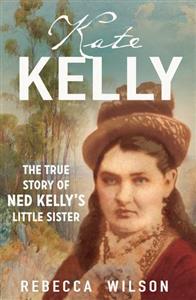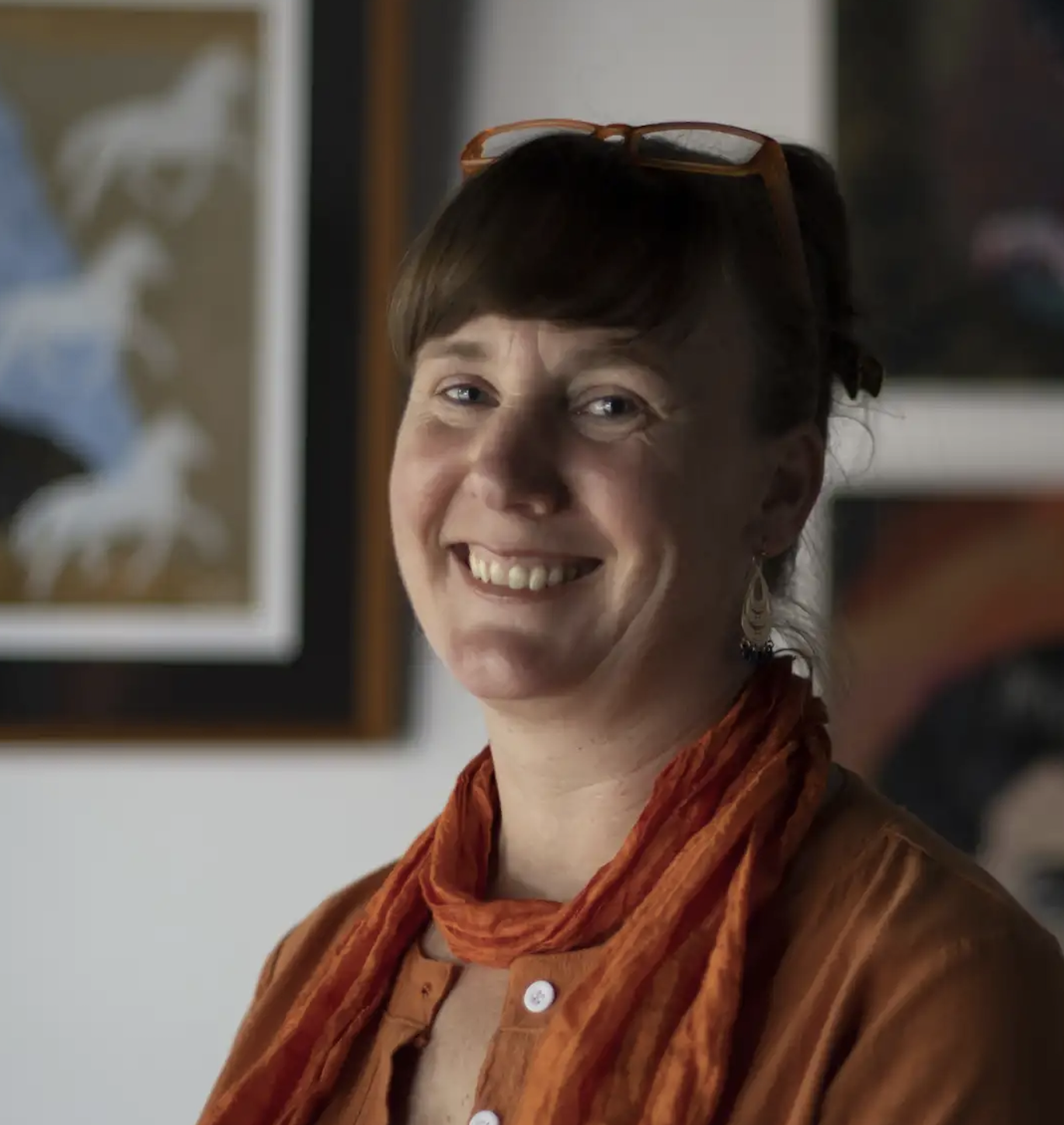
Rebecca said Kate was an “extraordinary Australian” – feisty, tenacious and smart – who dealt with multiple traumas as best she could. As a teenager in the late 1870s, Kate was famous – either reviled or admired – for being a decoy and messenger for the Kelly Gang, including her brothers Ned and Dan, as they hid from police in north-east Victoria. Rebecca believes that at age 14, Kate gave birth to a daughter, Alice, who Kate’s mother, Ellen, brought up as her own.
Rebecca followed up many stories about Kate, who was often reported as supporting her outlaw brothers, and often giving the police “the slip”.

Left: An example of Kate Kelly’s fame: An engraving of Kate Kelly for a story about Australian bandits that appeared in French newspaper "Journal des Voyages" in 1883.

Right: A photo taken during the Glenrowan siege.
Kate and her sisters were present at the siege of Glenrowan in 1880, and Kate was a fierce advocate for Ned during his final trial, appealing to the government. She also asked Melburnians to support a petition urging that her brother not to be executed, which more than 34,000 people signed.
On November 11, 1880, the night Ned was hanged at Melbourne Gaol, Kate and her brother Jim appeared on stage at the Apollo Hall in Melbourne, answering a rapt paying public’s questions about the Kelly Gang. They were a hit.
Nine days later, the shows were repeated in a shed off Sydney’s King Street, and even in a CBD street, until police shut them down. They also toured regional Victoria and Adelaide.
Was it a crass cash grab? Rebecca said the Kellys were desperate for money, and wanted to give their side of the Kelly story.
But by the mid-1880s, media and public derision had got to Kate, and she couldn’t get a job. A friend invited her to central west NSW, where she worked as a housekeeper, under aliases.
She married William “Bricky” Foster in 1888 and settled in Forbes. Rebecca suspects postnatal depression was a possible factor in Kate’s drowning. Kate’s husband had been absent and she had been drinking. She was not coping raising four children, and was unable to breastfeed baby Catherine.
Shortly before Kate died, witnesses saw her break down when she watched a circus performance depicting the Kelly Gang, including an actor playing herself.
Rebecca said Kate’s story is important, but, like many women’s stories, it had been overlooked. “I just felt like she deserved a lot better. I think ‘what a rough run’. I wanted to do her memory justice. I really would like her to be remembered.”
After her presentation, Rebecca fielded questions from the floor: Noel Halford enquired what happened to her children, and John Perry sought some details on the siege.
David Rush thanked Rebecca for her presentation, and recommended the book which can be obtained HERE

Rebecca Wilson grew up in Forbes NSW where Kate Kelly lived in the last years of her life. Rebecca has been hearing local stories about Kate all her life, and she has been researching, painting and writing Kate's tragic story for over a decade.